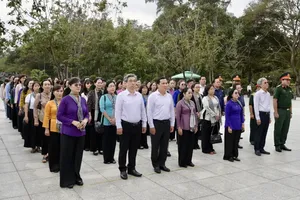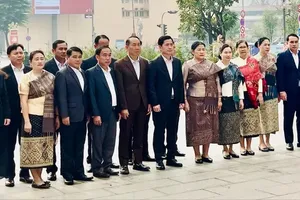Several Ho Chi Minh City private universities have announced new tuition fees for the next school year, with the highest fees up to VND15 million per month, far more expensive than public universities.
According to a recent directive, the Ministry of Education and Training requires universities to publicize their tuition fees. Most have now done so, with most schools raising their fees over last year.
RMIT most expensive
Currently, RMIT has the highest tuition at a minimum of around VND15 million per month, or more than VND150 million (US$8,000) per year, higher than last year’s $6,000.
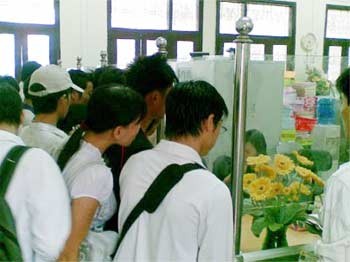
Sai Gon International University has the second highest tuition at VND37-43 million per year for training programs in Vietnamese and VND96-105 million a year for English programs.
The HCMC University of Economics and Finance has announced tuition fees of around VND55 million per year, while the FPT University is charging VND20 million a year.
Tuition fees at international universities are listed in US dollars but are usually converted into VND according to the official exchange rate.
Several other universities have announced less dramatic tuition hikes from 10-20 percent.
For example, the rates are VND1.1 million per month at HCMC University of Technology (up VND300,000); VND8-10 million per year at Van Lang Private University (up VND1 million); and VND11.5 million per year at HCMC University of Foreign Language and Information Technology (up 1.5 million).
Meanwhile, the education ministry has announced the expected fees that State-owned universities will charge until 2015, with the highest being VND800,000 per month for medical and pharmaceutical faculties; and the lowest at VND280,000 per month for pedagogical faculties.
However, many public universities said they would increase tuition fees by VND240,000 per month for the next school year, the highest allowable rate under a recent Government decision. They will apply the ministry’s new tuition fee range only when it is officially announced.

Quality concerns
Experts say the tuition hikes at private universities demonstrate that offering cheap fees is no longer seen as a competitive advantage to increasing enrollment. Instead, schools may want to attract students by linking higher fees to the idea that a higher quality of education is offered.
Universities have responded by saying that higher operating expenses, inflation, and intensive investment in facilities for teaching and studying are the reasons for the tuition increases.
However, a number of private universities that have yet to meet the education ministry’s requirements, such as providing standardized teaching facilities and offering appropriate student-teacher ratios, are still raising tuition fees, according to experts.
Those universities include Van Lang, Hung Vuong, Phuong Dong, Dong Do, Dai Nam and some others.
“If this situation continues, what will ensure the increased tuition fees will help create improved educational quality?” experts asked.
Tuition fees expected by the Ministry of Education and Training |
|
| Pedagogy | 280,000-500,000 |
| Social sciences, economics, law | 290,000-550,000 |
| Agriculture, forestry and fishery | 290,000-550,000 |
| Natural sciences | 310,000-650,000 |
| Technique and technology | 310,000-650,000 |
| Gymnastics, Sports and Arts | 310,000-650,000 |
| Medicine and Pharmacy | 340,000-800,000 |




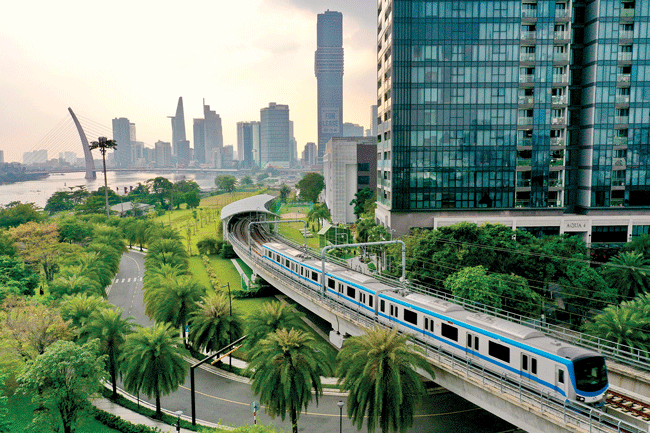
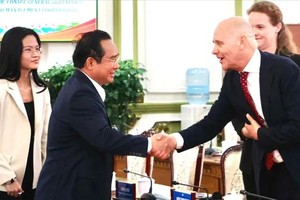




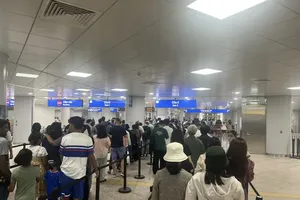


)


